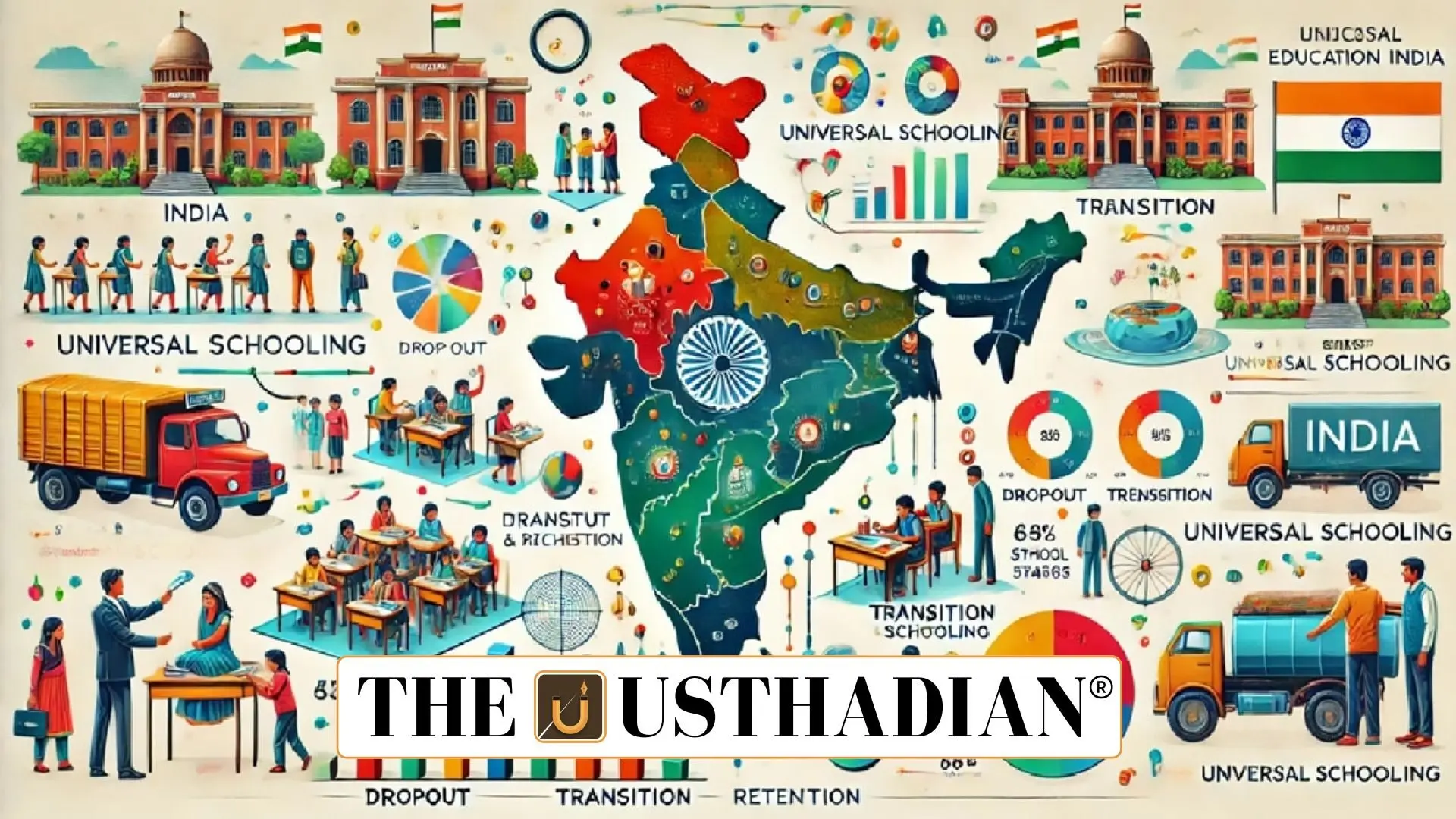A Quiet Education Milestone in Tamil Nadu
Tamil Nadu Achieves 100% Transition Rate in School Education: Tamil Nadu has quietly pulled off something remarkable—every child starting school is now reaching Class VIII. This means no child is dropping out between primary and upper primary levels. It’s not a flashy announcement, but it signals something powerful: a real, steady improvement in education access. Think of a child in rural Ariyalur or inner-city Chennai—this achievement applies to all of them, regardless of gender or geography.
What Does Transition Rate Really Mean?
The term “transition rate” sounds technical, but it’s quite simple. It tells us how many students move from one level of education to the next. In this case, it’s from primary (Class I–V) to upper primary (Class VI–VIII). So, when we say Tamil Nadu has a 100% transition rate, it means no child is falling through the cracks after Class V. Every single student continues their schooling.
The Journey From 99% to 100%
Back in 2019, Tamil Nadu was already doing well with a 99% transition rate. But what stands out is the targeted effort made to reach that last 1%. It’s not just a percentage—it’s hundreds of children who are now in classrooms instead of staying home or going to work. For girls, this progress is even more meaningful. Their transition rate improved from 97.5% in 2019 to 100% by 2024, showing that families are increasingly choosing education for their daughters.
Real-Life Impact: Beyond the Numbers
Let’s put this into perspective. Imagine a young girl from a remote village in Ramanathapuram. Five years ago, she might have been pulled out of school after primary level. But today, with schemes and community support, she’s finishing Class VIII with her peers. That’s the true meaning of progress—one child, one family, one village at a time.
What Helped Tamil Nadu Succeed?
Tamil Nadu’s success didn’t happen by luck. It’s the result of smart, inclusive policy decisions. The Midday Meal Scheme ensures children get at least one healthy meal a day. Free uniforms, textbooks, and bicycles have made school affordable for poor families. Special awareness drives, scholarships, and menstrual hygiene programs encourage girls to continue schooling. Local school monitoring committees also ensure students are not left behind. These small but consistent efforts have built a reliable system.
A Sign of Social Change
This milestone shows something deeper: a cultural shift toward valuing education, especially for girls. Education delays child marriage, improves health, boosts future earnings, and helps entire communities rise. When girls go to school, the entire society moves forward. Tamil Nadu’s rising female transition rate is a strong sign of this transformation.
What Comes Next?
The focus now must shift to retaining students in secondary and higher secondary levels—from Class IX to XII. Teen years come with more challenges: financial stress, social pressures, or early marriage risks. But if Tamil Nadu can maintain the momentum, it could become the first state to ensure 100% transition all the way to Class XII.
STATIC GK SNAPSHOT FOR COMPETITIVE EXAMS
Tamil Nadu Achieves 100% Transition Rate in School Education:
| Key Fact | Data |
| Transition Rate (Primary to Upper Primary) in Tamil Nadu 2024 | 100% |
| Transition Rate for Girls in 2024 | 100% (up from 97.5% in 2019) |
| Midday Meal Scheme Origin | Tamil Nadu (1980s), later adopted nationally |
| Education Support Schemes in TN | Free uniforms, textbooks, cycles, girl scholarships |
| Education Achievement Type | Social Development, School Retention, Gender Inclusion |
| Relevant Exams | TNPSC, UPSC, SSC, Banking, Railways, State PSCs |








